- Owings Mills: (443) 394-9222
- Marriottsville: (443) 545-5566
Menu
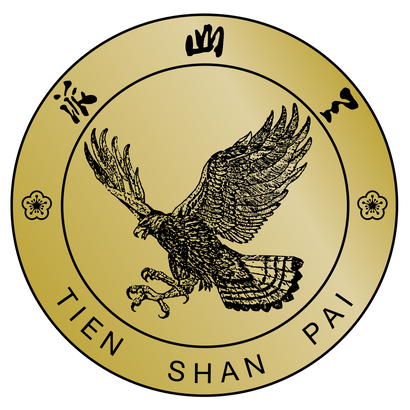

What Martial Arts Use Weapons?
December 14, 2023 5 min read
Martial arts has been in existence for ages. It's been adapted into various forms, allowing interested people to practice aspects like Kenjutsu, Sojutsu, Aikido, andKung Fu in Owings Mills MD. Similar to all other ancient practices that have been passed down over the generations, some have unique and distinctive characteristics. In the martial arts world, these unique practices, like Bo, Bokken, Jo, Naginta, and more, all share a common feature – the use of weapons.
Below, we explore the various martial arts that use weapons. It gives important information about each type, allowing you to make informed decisions on studying them.
Bojutsu – Staff Fighting Martial Arts
Bojutsu traces its origin to the Japanese ancestry. This type of martial arts uses staff during training and fights. The staff, known as bo staff, is regarded as one of the most effective weapons to counter a Katana or Samurai sword.
Bojutsu leverages a wide range of staff techniques to perform self-defense and wade off attacks. Some of the common staff techniques include blocks, strikes, and spins.
Canne de Combat – Cane Fighting
Cane de Combat derives its name from French origins. This French martial arts style is modeled around the cane fighting sports, which involves swinging canes in attacking and defensive manners. Unlike fencing, participants cannot use cane thrusts or pokes.
Cane fighting requires protective clothing and helmets to reduce the impact of strikes and attacks. The martial art style is classed in the same category as other stick-based martial arts like Tahbit, Eskrima, and Bataireacht.
Eskrima – Filipino Martial Arts Style
Eskrima or escrima is a Filipino-style martial art. Similar to the Cane de Combat, it relies on sticks as a tool for attacking and defending. In addition to sticks, escrima also leverages impact or blunt weapons, hand-to-hand combat techniques, and improvised weapons as a means of self-defense.
The Filipino martial arts style is also known as Kali and Anis in some parts. Practitioners of Kali and Anis use fighting sticks known as Yantok, machetes known as Bolo, knives called Baraw, and staff known as Bankaw, amongst others, as fighting weapons.
The main difference between Escrima Kali and Anis is the weapons used. Escrima relies solely on stick fighting as with other blunt or impact weapons, while the latter leverages sharper and more dangerous weapons.
Fencing – Sports and Martial Arts
Fencing is both a sport and a martial arts technique, depending on its use. Having become a part of the Olympic games, fencing relies on sword-type weapons like epee, foil, and saber.
The weapon is sharp and capable of inflicting injuries, so practitioners wear protective clothing and helmets. Over the years, fencing has taken a different direction, with sub-niches cropping up under it.
The sub-styles, including historical and classical fencing, focus more on ancient martial arts, while the modern type is mainly sports-focused.
Historical fencing is largely trained as a form of self-defense and encourages practices like the use of pommel as a weapon, arm locks, disarming techniques, and more.
Gatka – The Indian Martial Arts Style
Gatka focuses primarily on the use of weapons for self-defense. Common weapons used for this martial arts type include swords and sticks.
The martial arts training and technique comprises ancient practices known as the "mother of all martial arts." Although developed in Punjab, India, and attributed to the Sikh and Punjabi people, the practice has spread across borders over the decades.
Practitioners now use a wide range of weapons, including Talwar (sword), Khanda (sword), Tegh (sword), bagh nakh (metal claw), chakram (circle-based weapon), barcha (spear), and more.
Gungsol – Korean Martial Arts focused on Archery
Unlike all other weapon-based martial arts described above, Gungsol, from Korean origins, relies solely on the use of a horn-based composite reflex bow known as Gakgung.
The style of archery is traditional and is practiced either in a standing position or while on horseback. Gungsol has been found to share important similarities with the Japanese martial art Kyudo.
Haidong Gumdo – Korean Martial Arts
Haidong Gumdo's choice weapon is the sword. The martial arts practice has similarities to ancient practices like Iaido and Kenjutsu.
Clearing the difference between Haidong Gumdo and Kendo, the Canadian Haidong Gumdo Association noted that the Haidong Gumdo is non-sparring-based, unlike Kendo, which is sparring-based and employs a point system for scoring participants.
In addition, the association said that most of Haidong Gumdo's practices are performed without an opponent and focus mainly on sword mastery and sword patterns (Gumbup) using wooden or real swords (Jingum).
The ancient martial art also involves precision or target-cutting practices using stacks of straws (jipdan) or bamboo poles. Participants during training use wooden swords with no protective clothing, armor, or helmets worn.
Hanbojutsu – Japanese Martial Arts Style
Hanbojutsu relies on a 3-foot wooden staff, called Hanbo, as a primary weapon for self-defense and training. The traditional martial arts weapon dates back to the early days when it was used to defeat a Samurai armed with a metal sword.
Unlike the Jo or Bo staff, the Hanbo is shorter (3 feet). However, it is often most effective when the armed opponent is at close range. The Hanbo is used to strike the armed opponent, pin their arms, and subdue them.
The training is similar to those practiced in Jojutsu and Bojutsu. It's important to note that many Hanbojutsu practitioners also pick up on cane fighting techniques due to similarities like thrusts, pokes, and blocks.
HEMA – Historical European Martial Arts
This is a sword-based martial art practiced among Europeans between the 1300s and 1800s. HEMA was recreated based on several ancient artworks and books and has taken many different forms over the years. Its practice now involves the use of weapons like bucklers, armor, pole-weapons, and daggers.
Iaido – Japanese Martial Arts
Iaido is a sword-based Japanese martial art. The sword, in this martial arts practice, is drawn from the scabbard.
Students practicing this ancient Japanese martial art are called Iaidoka and are made to practice the "stroke" and "cut" techniques upon drawing their swords from the scabbard.
Swords used in this martial arts practice could be unsharpened or blunt metal swords (Iaito), sharpened metal swords (Shinken), or wooden swords (Bokken).
Other Martial arts that use weapons include:
- Iaijutsu
- Itto-Ryu
- Jukendo
- Kendo
- Kenjustu
- Kobudo
- Krabi
- Kumdo
- Kyudo
- Mau Rakau
- Naginatajutsu
- Nunchaku Do
- Shintaido
- Silambam
- Siljun Dobup
- Singlestick
- Sojutsu
- Tahtib
- Taiho Jutsu
- Tessenjutsu
- Yabusame
- Zulu Stick Fighting
Learn more about martial arts and martial arts techniques athttps://uskuoshu.com/.
Name, Address and Phone
U.S. Kuo Shu Academy, 10999 Red Run Blvd - Suite 214 Owings Mills MD 21117, 443-394-9222
3 Social account URLs
,https://www.facebook.com/USKuoShu/,https://www.instagram.com/us_kuoshu/?hl=en
What Others Say About us!
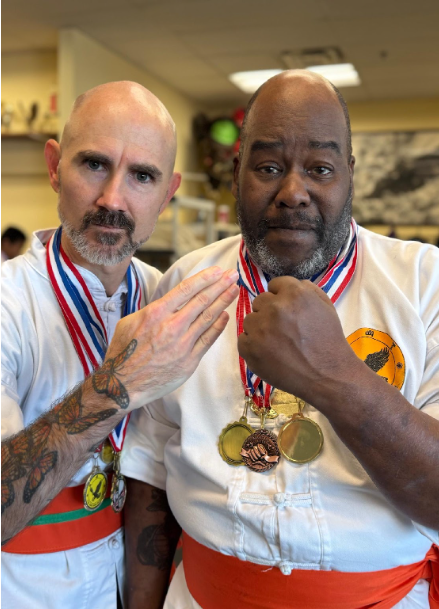
One of the Finest Chinese Martial Arts Schools in the Country
Some of the best competitors and teachers that I've ever met come from this fine school. It has a tradition of excellence in all they do. Grandmaster Huang, Chien-Liang and the US Kuo Shu Academy build champions with integrity.
Nelson Ferriera
Master Instructor for Zhong Yi Kung Fu Association
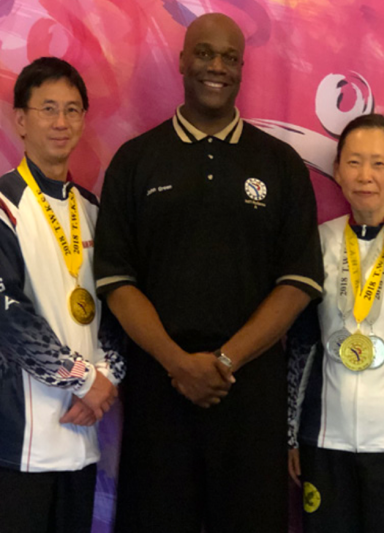
The School has Transformed my Life.
The school has transformed my life and made me a better man body and soul. It's really special to witness the transformation of the the youth at the school as well. The staff at the school really care about the students and each other. This is all so vital to our youth for they are the future of things to come.
Bruce Seward
Logistics Specialist
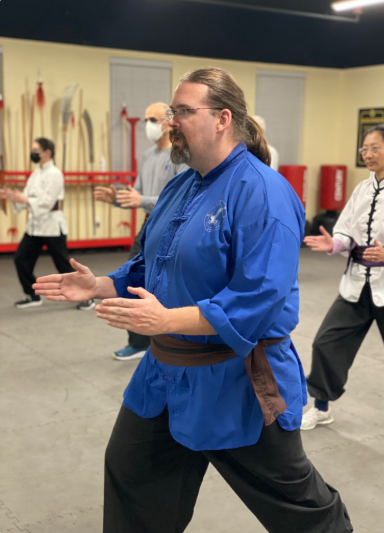
USKSA is not just a Chinese martial arts school, it’s a lifestyle
How lucky it was, that we stopped by USKSA. Instantly it becomes an irreplaceable part of life. And not just for my daughter, mine as well, since I became a student too. USKSA is not just a Chinese martial arts school, it is a lifestyle. It is a family. The school changed my life I can proudly say: I am a better person now, stronger (mentally and physically), even happier than I've been before I joined the USKSA. There is not enough good words to say. Thank you.
Alex Reznikov
Engineer at Alleviation Institute, LLC
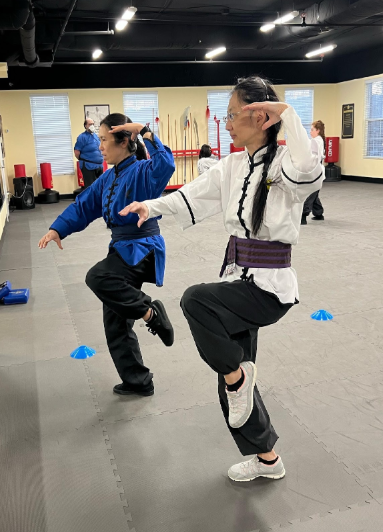
I am learning how to be a Better Person
I am proud to study at US Kuo Shu Academy for Three Main Reasons. The instructors provide superior quality teaching and have in-depth knowledge of martial arts principles The genuine passion for teaching authentic martial arts, The sincere attitude that permeates every class that I am not just learning how to be a better martial artist, I am learning how to be a better person.
Steve Smith
Owner of Mindful Healing Acupuncture
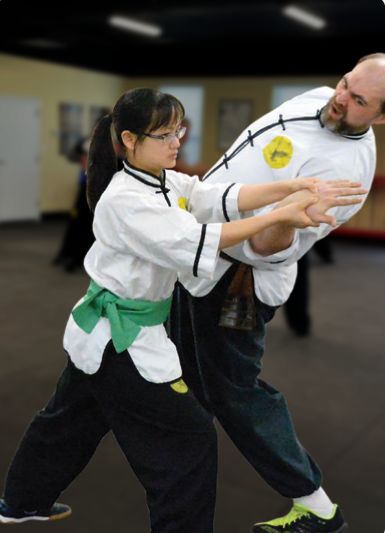
Made me healthier physically and mentally and more focused & organized at work
It has helped me keep my sanity! Made me healthier physically and mentally and more focused and organized at work. I am a better person, writer, and mother because of my experiences at USKSA. And it's been the "village" that has helped my sons learn about values and character and hard work. If you want to change your life for the better, if you want to give your children tools...then this is the place.
Xylia Hall
Accountant at CareFirst
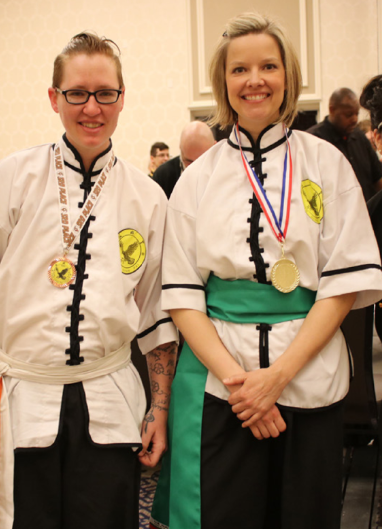
Nothing Short of Amazing
The US Kuo Shu Academy is an amazing, traditional martial arts school with stellar instructors and an incredibly well-developed curriculum. My experience there - both at Owings Mills and in Marriottsville - has been nothing short of amazing. The Tai Chi program provides an incredibly layered experience that combines both the meditative/health aspects of Tai Chi, along with the martial aspects of the form. They truly care about their students, and provide expertise and support in an environment that is both caring and rigorous. Whether your interest in Tai Chi or Kung Fu, meditation or martial practice, this is the place to be.
Margaret Boas
Professor at Anne Arundel Community College
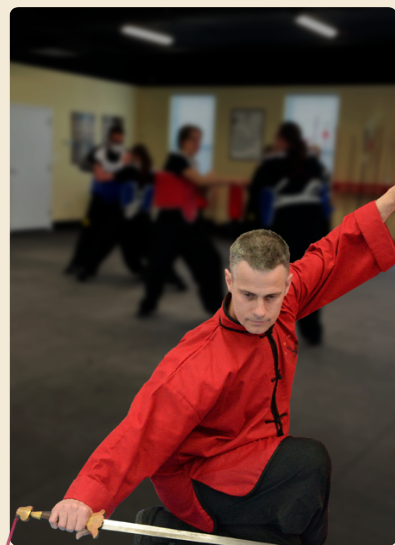
I’ve gained a sense of self-confidence I had never realized
My association with this system began 7 years ago. My only goal at the time was to have a form of exercise in my life that didn't bore me. I was very overweight and was in desperate needs of getting in shape. In addition to helping me lose over 100 lbs, I've gained a sense of self-confidence I had never realized was missing from my life. I've made friendships that will last the rest of my life. I've been mentored by some amazing people, and I've had the great honor to mentor some amazing people.
Jeramy Hansen
Scientist at Johns Hopkins University Applied Physics Laboratory
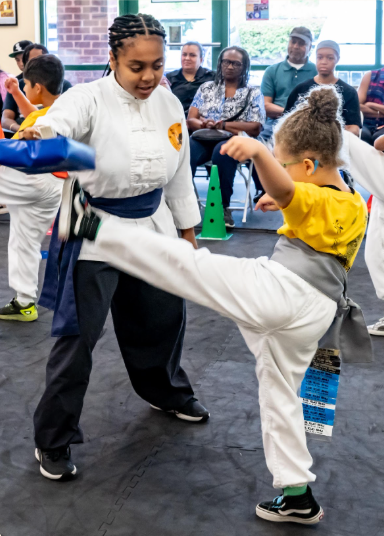
I’ve gained a sense of self-confidence I had never realized
My association with this system began 7 years ago. My only goal at the time was to have a form of exercise in my life that didn't bore me. I was very overweight and was in desperate needs of getting in shape. In addition to helping me lose over 100 lbs, I've gained a sense of self-confidence I had never realized was missing from my life. I've made friendships that will last the rest of my life. I've been mentored by some amazing people, and I've had the great honor to mentor some amazing people. Joining US Kuo Shu Academy was one of the best decisions I've ever made.
Jeramy Hansen
Scientist at Johns Hopkins University Applied Physics Laboratory
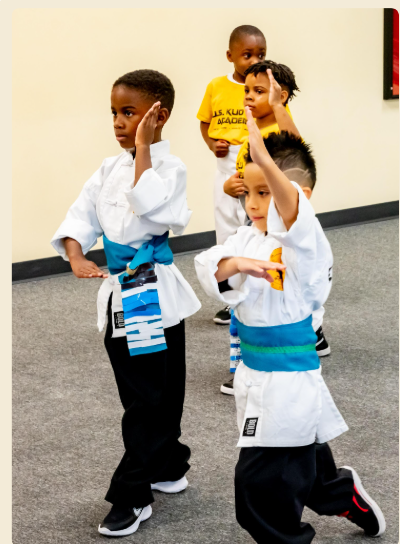
Nothing Short of Amazing
The US Kuo Shu Academy is an amazing, traditional martial arts school with stellar instructors and an incredibly well-developed curriculum. My experience there - both at Owings Mills and in Marriottsville - has been nothing short of amazing. The Tai Chi program provides an incredibly layered experience that combines both the meditative/health aspects of Tai Chi, along with the martial aspects of the form. They truly care about their students, and provide expertise and support in an environment that is both caring and rigorous. Whether your interest in Tai Chi or Kung Fu, meditation or martial practice, this is the place to be.
Margaret Boas
Professor at Anne Arundel Community College
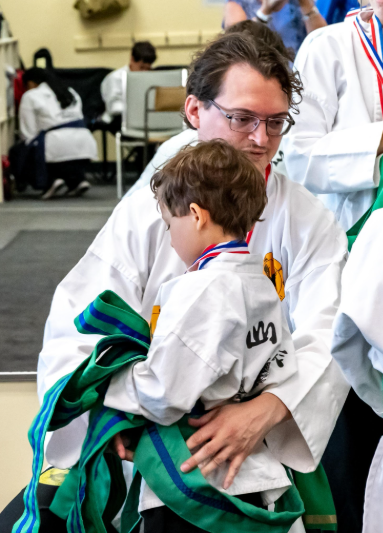
I am learning how to be a Better Person
I am proud to study at US Kuo Shu Academy for Three Main Reasons. The instructors provide superior quality teaching and have in-depth knowledge of martial arts principles The genuine passion for teaching authentic martial arts, The sincere attitude that permeates every class that I am not just learning how to be a better martial artist, I am learning how to be a better person.
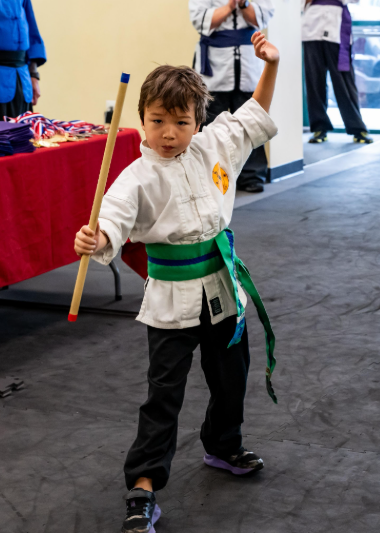
USKSA is not just a Chinese martial arts school, it’s a lifestyle
How lucky it was, that we stopped by USKSA. Instantly it becomes an irreplaceable part of life. And not just for my daughter, mine as well, since I became a student too. USKSA is not just a Chinese martial arts school, it is a lifestyle. It is a family. The school changed my life I can proudly say: I am a better person now, stronger (mentally and physically), even happier than I've been before I joined the USKSA. There is not enough good words to say. Thank you.
Alex Reznikov
Engineer at Alleviation Institute, LLC
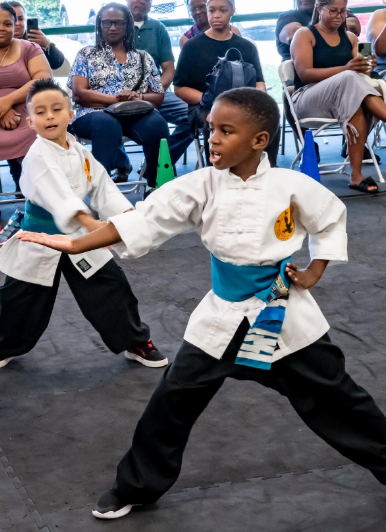
The School has Transformed my Life
The school has transformed my life and made me a better man body and soul. It's really special to witness the transformation of the the youth at the school as well. The staff at the school really care about the students and each other. This is all so vital to our youth for they are the future of things to come.
Bruce Seward
Logistics Specialist
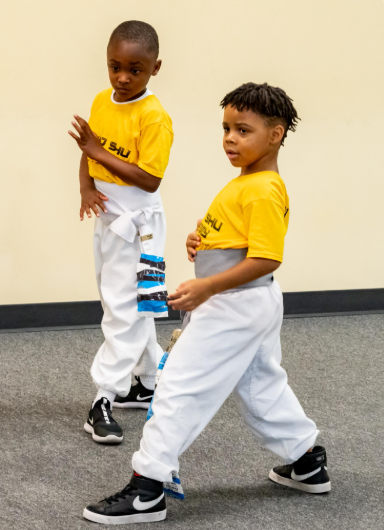
One of the Finest Chinese Martial Arts Schools in the Country
Some of the best competitors and teachers that I've ever met come from this fine school. It has a tradition of excellence in all they do. Grandmaster Huang, Chien-Liang and the US Kuo Shu Academy build champions with integrity.
Nelson Ferriera
Master Instructor for Zhong Yi Kung Fu Association
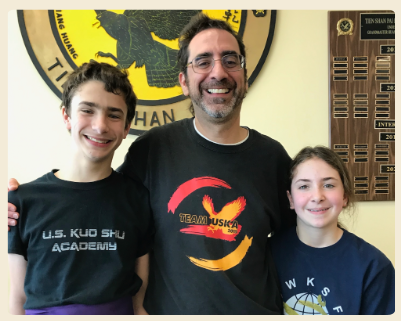
The Best School of Martial Arts
My children have been students for more than 4 years now and they love this school of martial arts. US Kuo Shu Academy is their second home, learning not just Kung Fu but also developing one’s character as a good, responsible, respectful and disciplined citizen. Thank you very much Grandmaster Huang. Master Michael Hung and all the teachers and students for making this place the best school of martial arts.
Irvin Lee
Parent of two at USKSA
Martial Arts for Children & Adults
SIGN UP FOR FREE LESSON
No Experience Necessary